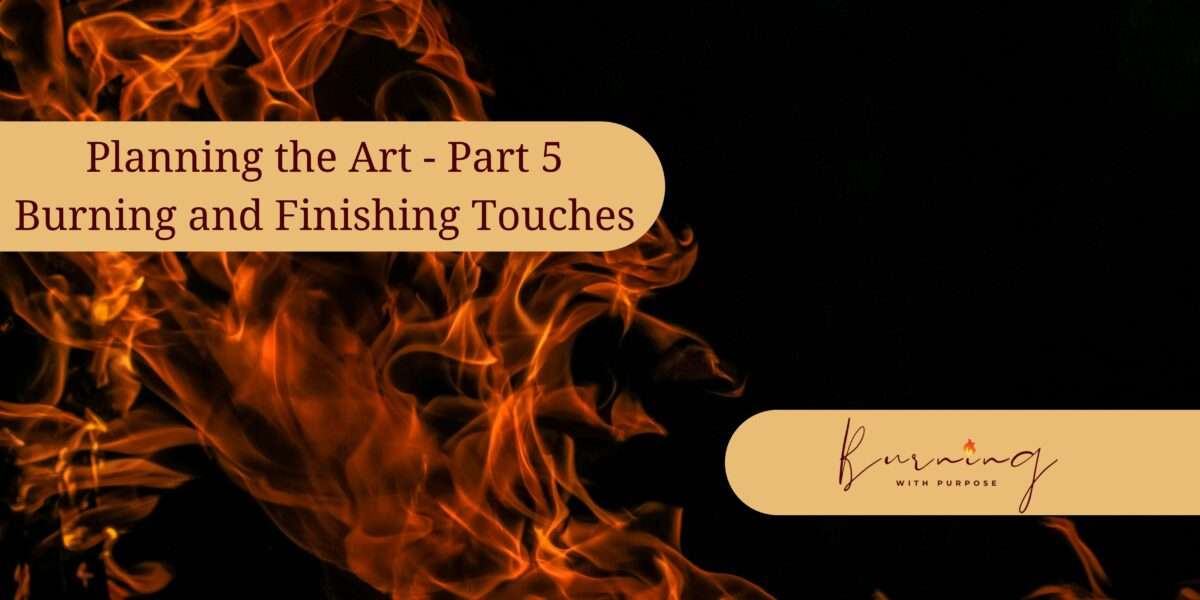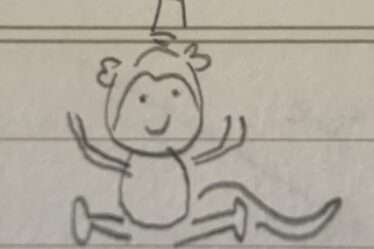
This is part five of a series of blog posts on Planning the Art. We will be posting parts 6 in the coming week, so be sure to keep coming back. We’ll be discussing in great detail some of the topics highlighted in last week’s post. If you want to go back and read from the beginning, start here.
It may seem strange that, in a series about pyrography, it isn’t until the fifth blog post that we actually talk about burning. That is because a thoughtfully planned and carefully considered piece of art will often yield a better end product than one which is hastily assembled. For that reason I spend a lot of time making sure that I have the right wood, it is properly milled, I am satisfied with my patterns, and they are carefully transferred to the wood.
Burn, baby, Burn
Now, with our canvas and patterns assembled, it is time to start burning. Some basic tips for creating a good burn:
- Know your tips. Experiment with the tips you have and really get to know the tips. Try burning at different temperatures, holding the tip at different angles, turning the tips, different pressures (softer / harder). See what kind of different textures you can create. It is important to practice with your nibs. The only way you are going to know which nibs suit you best is by using them. What suits one pyrographer may not suit another. Some pyrographers prefer bigger nibs for small details. Some can create big details with small nibs. Personally, I prefer the smaller nibs because they offer me better control for more accurate results.
- Try different woods. Feel free to go out of your comfort zone and try different woods. Just as you need to be familiar with your different tips you need to have experience working with different woods. Knowing how different woods will react to different temperatures, pressure, and tips will ensure that you’ll be able to have a professional looking piece every time, regardless of the canvas.
- Turn up the heat. I burn hot. Burning hot gives me overburn which I can then sand down. This will give me deep, crisp lines. These will serve as the basis for your burn and, after sanding down the overburn, I can add in more details and shading.
- Plan beyond the pattern. Your pattern gives you the basic lines of your piece but you have to consider where your details and shading are going to be. Do you plan to add a lot of shading to this one portion? Maybe use softer lines so that you can blend it in.
- Think about color. If I am going to add color my art I am not going to do as much shading as it’ll get lost under the paint. If I am going to do an all black and white, however, I will do more shading. If I am planning to add embellishments I may use fewer details in those spots as the embellishments will be the highlight.
These tips are obviously what works for me and might not be what works for everyone. Experiment and get to know your wood, your tools, and your comfort levels.
The Finishing Touch
The little finishing touches you add to your pieces may not seem like much but they can, ultimately, be what allows your piece to stand out from the crowd. A little glitter, some shine, or some vibrant color might be exactly what draws people to your art so they can then really examine it and see all the hard work and details you have put into the piece. Some tips for adding finishing touches:
- Embellish, embellish, embellish: There are may forms of embellishments: foil, gold leaf, acrylics, watercolors, rhinestones, chrome markers, gel pens, resin, beads, gems, and a myriad of others. Pick the ones you are comfortable working with and experiment with the ones you are not. This will enhance your artwork and make it truly unique.
- Clean up. Go over and clean up any stray marks on your piece. Look for areas where your piece needs to be evened out. Erase any graphite or pencil markings.
- Give it a once over. Look over the art and make sure that it is exactly as you want it. This is your last chance to make any changes before sealing / framing. Double check that you have all your stipples, make sure your lines are complete. Complete lines are especially important if you are planning on using watercolors as they’ll bleed. Make sure overburns are clean and sanded down well.
- Check the edges: If you are using live edge make sure it looks good. Check for pieces that may be falling off. Glue them back on if necessary.
Bonus Pro Tip: Do you have pets? Make sure that there are no stray hairs from your fur babies on your piece. We love our critters but we don’t want their fur to be a permanent part of our artwork.
Hopefully this gives you a good idea of how to refine your work and get the best final product you can. Do you have your own suggestions for burning and finishing? Tag us @bz_furfur and, as always, stay unique.



